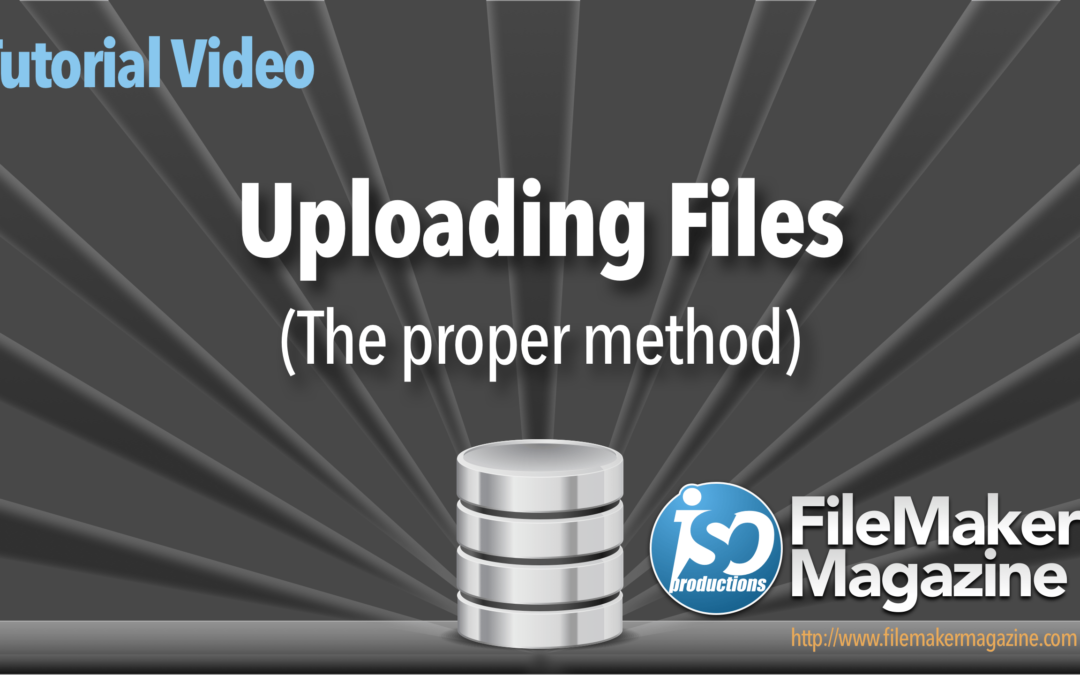Even though your „database“ includes the word „data“, data isn’t the only thing we categorize and track. We often need to track discrete files and FileMaker is perfectly adept at doing this. In fact, FileMaker’s container field is ideally suited to store all kinds of different files.
The problem, however, is simply throwing a container field onto your layout is never really a good idea. If you allow users to simply drop anything into a container, then you’ll surely end up with a collection of duplicate files and files which may not even need to be in the database.
The best method for properly managing uploaded files is to make sure you control what gets in and how it gets in. This isn’t going to be handled with your simple addition of a container field to the same table tracking your contact information. This is best suited with a couple of gateway keepers. Filtering based on extensions and preventing duplicates are two methods you implement into a highly optimized uploading method.
In the associated video and technique file you’ll have access to all the instruction and code needed to start you on the path to implementing the proper and ideal way for managing file uploads into a FileMaker database solution.
Powered by WPeMatico


Neueste Kommentare